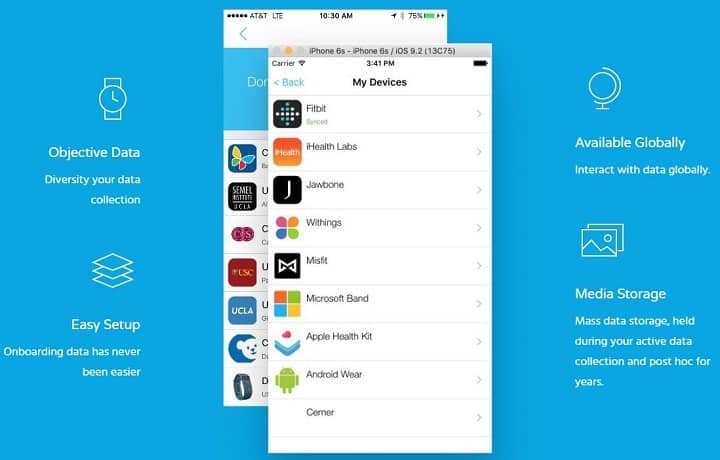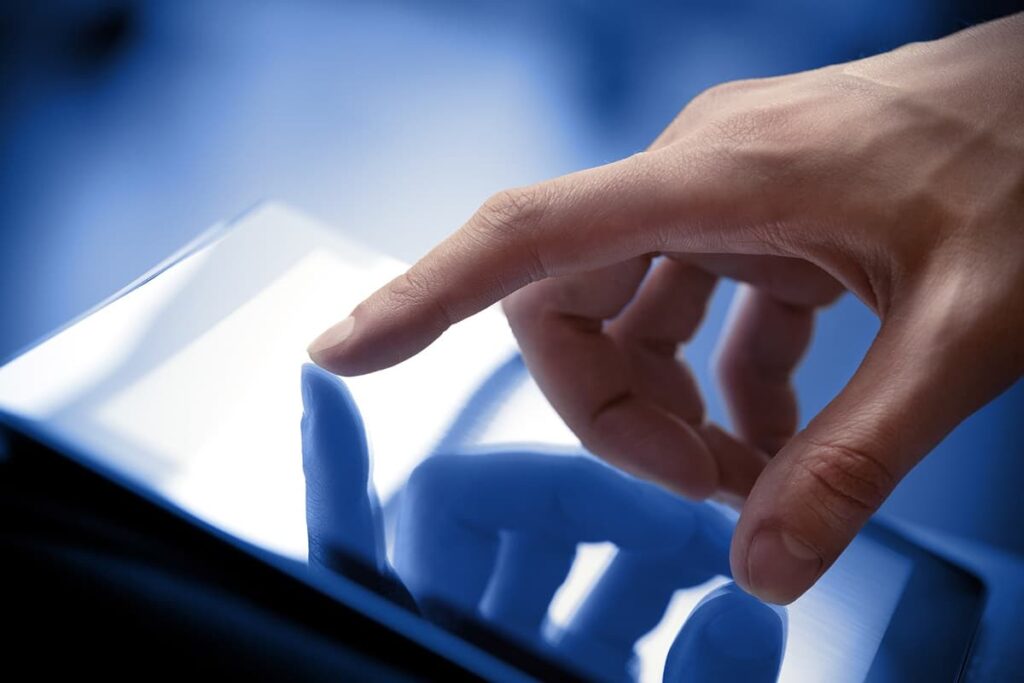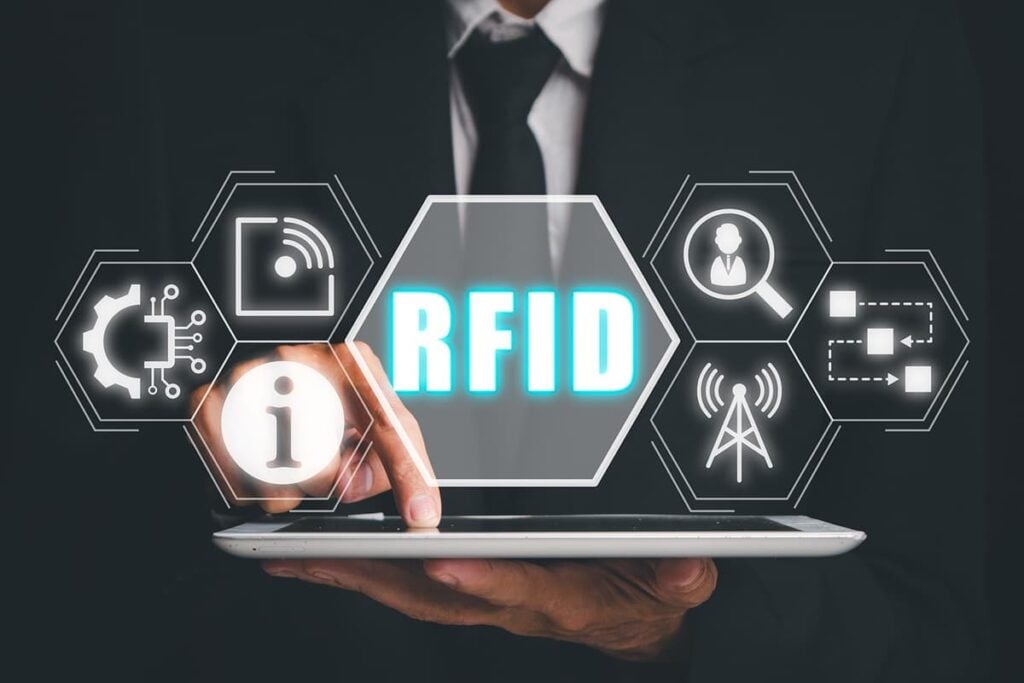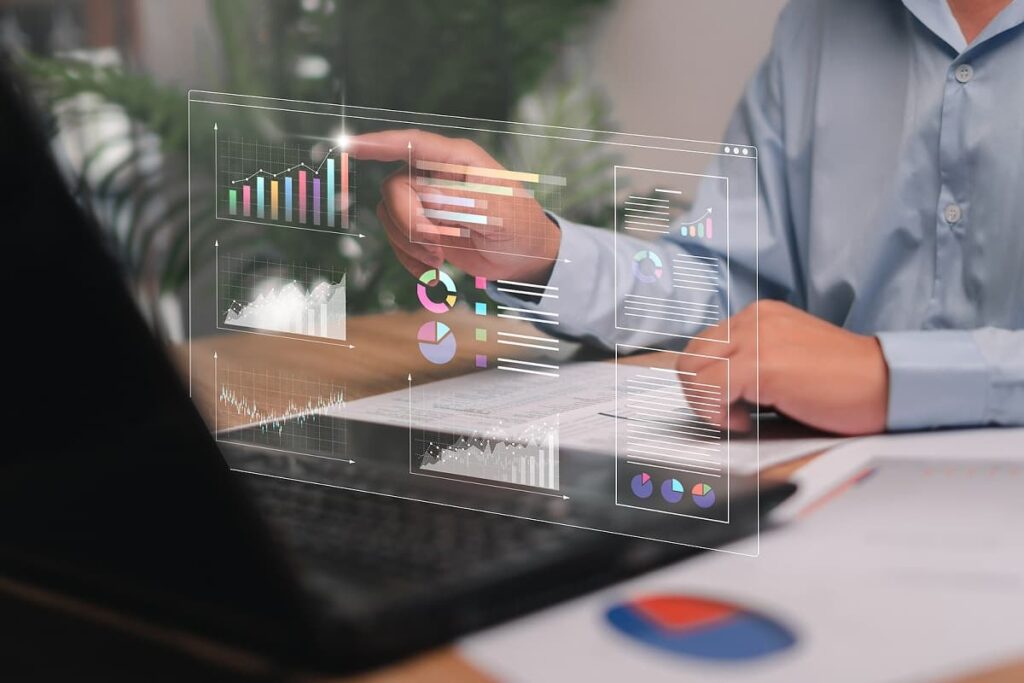Reinventing Medical Research Studies With Qolty
Table of contents

The first time you fly into Los Angeles on a clear-ish day, and look across the great concrete expanse of the city, you see a landscape that’s so barren it would seem that the only thing growing there is the crime rate. That’s not entirely true though, because as the property values in Silicon Valley reach astronomical levels, companies with half a brain are looking for alternatives to set up camp where they can still enjoy the Californian sunshine and lifestyle without having to share a studio apartment with seven people. This is an especially good idea if the money you’re spending to get your startup off the ground is coming out of your own pocket. That’s the case with an interesting startup we came across recently called Qolty.
A Startup Named Qolty

An app such as the one seen above isn’t that novel, unless you start to add additional data modules that can enrich your study with no extra effort on your part. The Qolty platform aggregates data from patients’ smart devices like smart shoes, smart clothes, smart watches, and just about anything else you can think of. The Internet of Things (IoT) is all about implanting sensors in just about everything, all of which generate data. But it’s not just sensors that provide data. There are four broad categories of data that can be collected during a health study that can provide useful insights.
Types of Medical Study Data
The usual suspects for clinical data would be things like a list of all patients that are participating, the demographics of those patients, signed consent forms for the patients, and the ability to converse with patients via smartphone. That’s just the tip of the iceberg though, and Qolty plans to not only enable studies with more data points but make them easy to collect. Let’s look at the four major areas of data collection they support for medical studies.
Objective
Gathering data used to be cumbersome. Imagine sending how many staff would be required to go out and take someone’s vital signs every week for a population of 100 elderly patients who can’t exactly come by the hospital because half of them can’t drive. Now imagine being able to passively collect that data – every hour of the day – for the entire duration of the study. Those among us who are runners know the rich amount of data that can now be obtained from the simplest of wearables. Simply choose the wearable that providess the data points you need at the appropriate price point, hand them out, and Qolty takes care of the rest.

What’s particularly interesting is the use of technology to digitize tests like the Timed Up and Go Test or TUGT which is widely used for balance assessments in patients. In the olden days, the test was conducted by an observer with a multi-memory stopwatch with lap buttons. Now, it’s all performed using a smartphone which uses the internal accelerometer and gyroscope to determine the outcome of the exercise and record it to the cloud immediately. It’s just one of many tests being digitized on the Qolty platform.
Subjective
Journals are a very important way for medical studies to collect subjective data. These are very subjective data points that cannot be observed. Some examples might include answering questions like “when did you take your medication” or “what part of your body was in pain when you woke up” or “how depressed are you feeling right now.” All of us can probably relate to being forgetful, and nothing makes keeping a journal easier than your smartphone reminding you with a push notification along with the ability to auto-select answers to a set of questions using a drop-down box or radio buttons. This data is then sent directly to the cloud in real-time and such action can be taken on anything that appears alarming. This ability to sample data from people while they go about their daily activities is called the Experience Sampling Method (ESM):

As you can see, there are all kinds of ways to setup ESM studies, and the only question we have is this: How the heck could you even do studies like this without a system in place like Qolty has? The answer to that question is probably “with a lot of manpower,” which means medical studies will become cheaper to perform while data accuracy increases.
Advanced Data and Functionalities
Some of the advanced data sets that Qolty is capable of capturing may provide insights that some researchers haven’t even considered before. For example, they support this notion of “geofencing.” Do you have a patient who you’re worried might be doctor shopping? You can be alerted about someone who frequently visits multiple healthcare providers. Maybe a patient fell ill on their way to work and was admitted into a hospital. In that case, you’ll probably know even before their family does.
Maybe you have some forgetful patients who aren’t able to drive, and you want to make sure they have no excuses for missing their appointments. How about automatically integrating with Uber so that you send the driver to them? You can do that, and you might also integrate weather information as well, so Jeanine doesn’t fall and break her hip as she walks across an icy porch. Afraid your patients aren’t eating properly? Integrate your study with a food delivery app to make sure they’re eating properly. If you have problems motivating patients, how about giving them rewards points as positive reinforcement by adding some gamification? The possibilities are endless.
Qolty Speaks Your Language
The advantage of using this type of platform for a study seems apparent, but one that really stands out is the usefulness of being able to communicate in real-time with participants of a medical study. We can imagine a future where a rules-based chatbot can send messages to patients when certain conditions are met like “you’re on your fourth gin and tonic so maybe it’s time to hit the hay now.” As the patient converses with the chatbot, you can then have a “human-in-the-loop” in the case of a medical emergency. Sometimes that human in the loop might be a doctor, and as doctors are prone to do, might start using lingo that the patient doesn’t understand. To mitigate this problem, Qolty developed an Application Programming Interface (API) that lets you feed it messaging which contains loads of terminology and it will then “sanitize” the message that it contains only terms that a layperson would understand. It’s just one way that this platform provides as many advantages to study participants as it does to those who are running studies.
Real-World Use Cases
As any venture capitalist will tell you, ideas are worth next to nothing because it all comes down to execution. In Qolty’s case, they’re already piloting their solution in some real-world applications. They worked with UCLA to track the activity of Alzheimer’s patients, tying the data retrieved from the patients’ Fitbits into their Electronic Healthcare Records. In another case, they worked with Children’s Hospital Los Angeles (CHLA) to monitor weight loss in an obese pediatric population.
In order to find out about the latest study they’re working on, we sat down to talk with Shuhan He, a Resident Physician at Harvard Emergency Medicine and also a co-founder of Qolty. He told us about the medical study they’re working on in collaboration with the Center for Technological Innovation in Pediatrics, in which Qolty is helping to build the next generation monitoring tool for medical devices implanted in children such as insulin pumps or implantable cardiac monitors. As a proactive monitoring system, it acts as a live dashboard for doctors to monitor these devices in kids, providing real-world evidence of effectiveness, safety, and real-time troubleshooting should things go wrong. This sort of data is unprecedented in medical devices and represents a significant innovation in digital health.
Conclusion
We recently talked about the concept of “digital twins,” the idea that a multitude of cheap battery-free sensors can now be used to detect the location of anything. Such technology will also help enable medical professionals with a wealth of big data for medical studies, much of which is new. All this additional data requires a platform that can store it, aggregate it, and then provide useful reporting and insights based on the data. Then later, hungry machine learning algorithms can be unleashed providing even more insights. Companies like Qolty are getting in front of this big data trend and it’s only a matter of time before using smartphones and sensors to capture data for medical studies becomes the norm, not the exception. The idea is brilliant, and we hope the next generation of children will benefit from it.
Sign up to our newsletter to get more of our great research delivered straight to your inbox!
Nanalyze Weekly includes useful insights written by our team of underpaid MBAs, research on new disruptive technology stocks flying under the radar, and summaries of our recent research. Always 100% free.















